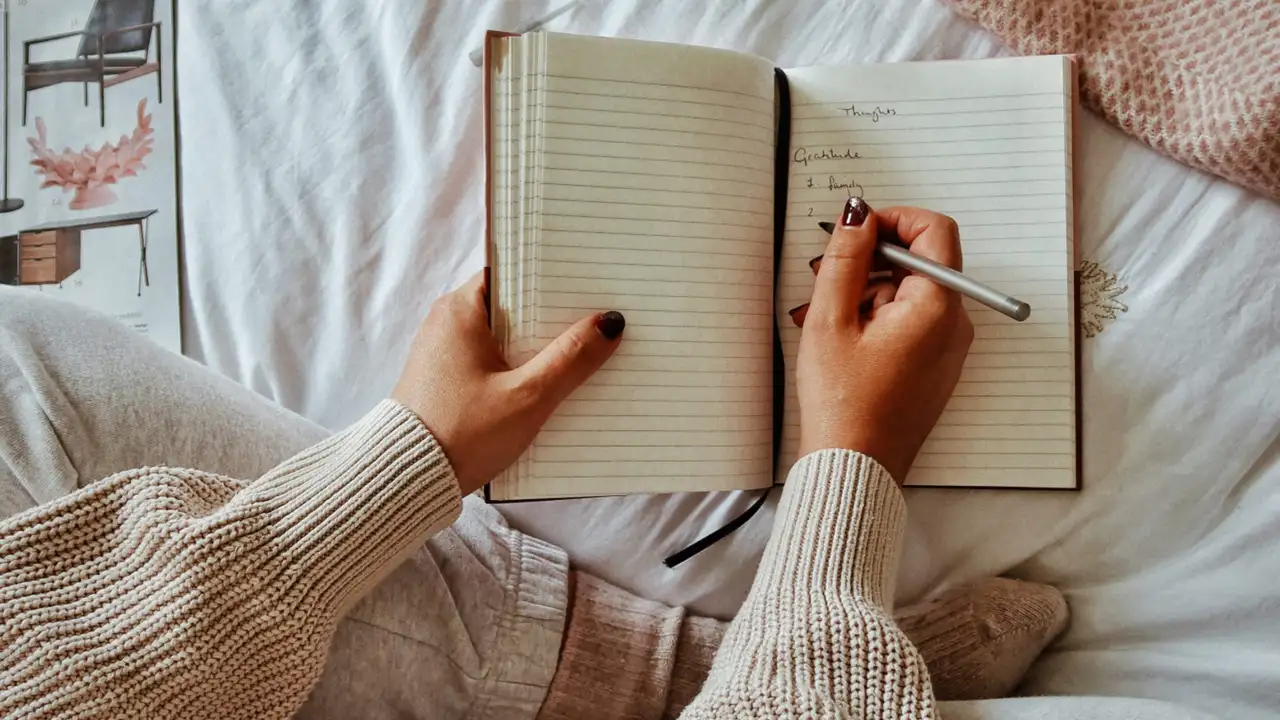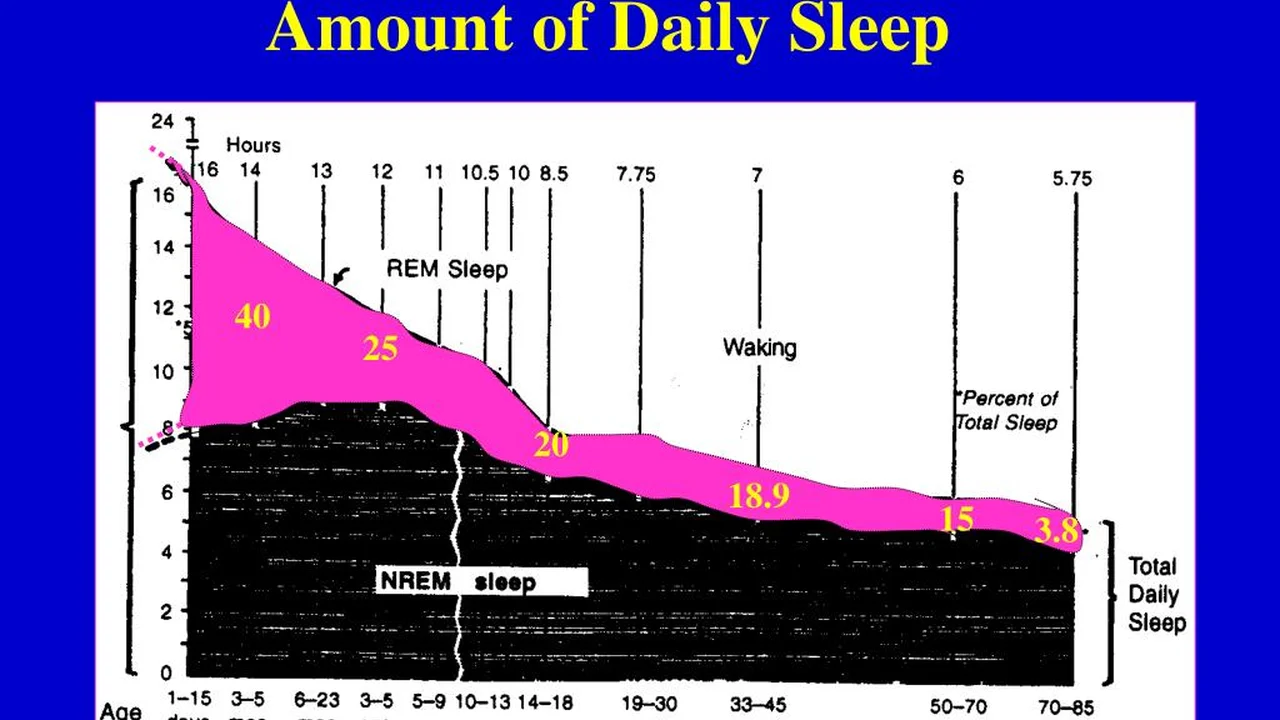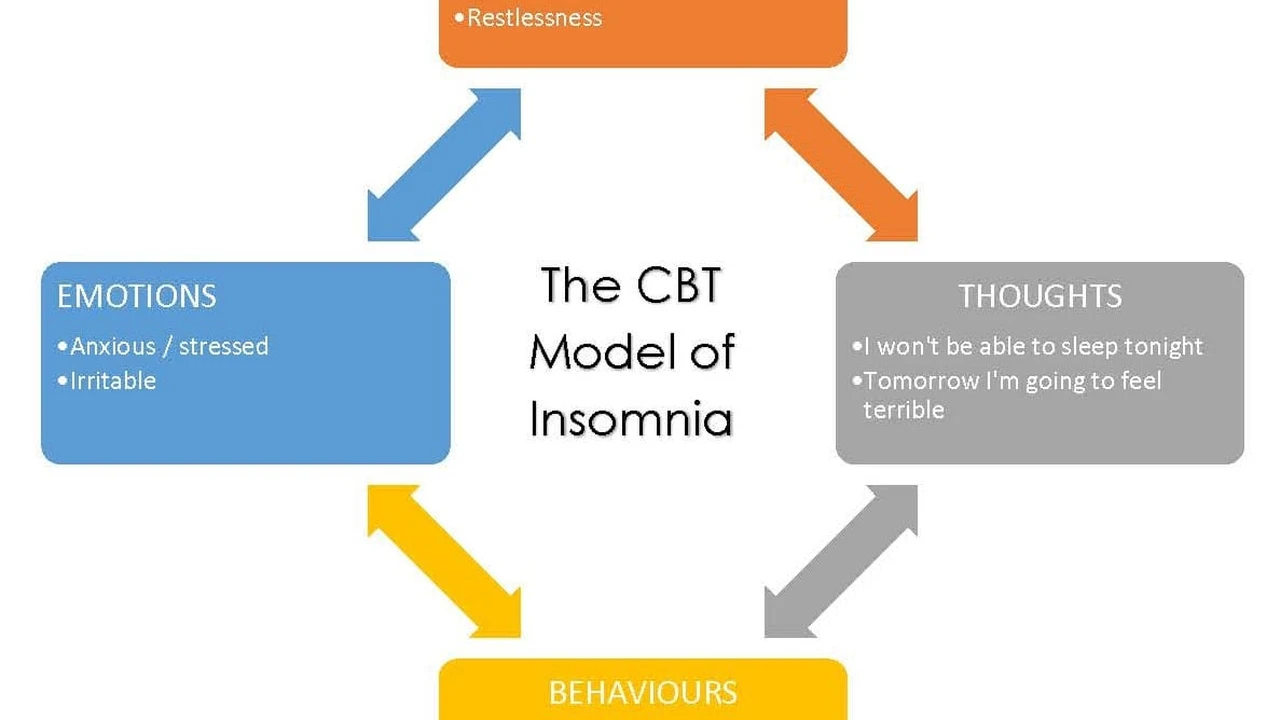Chronic Fatigue Syndrome and Sleep
Examine the complex relationship between chronic fatigue syndrome and sleep disturbances. Find ways to improve rest.

Understanding the Sleep Disturbances in ME/CFS
It's a common misconception that people with ME/CFS just need more sleep. In reality, while they feel perpetually exhausted, their sleep is often far from restorative. Many individuals with ME/CFS report feeling unrefreshed even after a full night's sleep. The sleep disturbances are multifaceted and can include:Insomnia and Sleep Onset Latency
Difficulty falling asleep (sleep onset insomnia) and staying asleep (sleep maintenance insomnia) are prevalent. Despite overwhelming fatigue, the body and mind can feel wired at night, making it hard to drift off. This often leads to prolonged sleep onset latency, meaning it takes a long time to fall asleep.Non-Restorative Sleep and Sleep Quality
This is perhaps the hallmark sleep complaint. Even if someone with ME/CFS gets 8-10 hours of sleep, they wake up feeling as if they haven't slept at all. This points to issues with sleep quality rather than just quantity. Polysomnography (sleep studies) often reveal fragmented sleep, frequent awakenings, and reduced percentages of deep sleep (N3) and REM sleep.Sleep Apnea and Breathing Issues
While not exclusive to ME/CFS, sleep-disordered breathing, including obstructive sleep apnea (OSA) and central sleep apnea (CSA), can significantly worsen fatigue and other symptoms. The repeated interruptions in breathing lead to oxygen desaturation and fragmented sleep, preventing the body from entering restorative sleep stages.Restless Legs Syndrome RLS and Periodic Limb Movement Disorder PLMD
These conditions involve uncomfortable sensations in the legs, often accompanied by an irresistible urge to move them, particularly at night. PLMD involves repetitive limb movements during sleep. Both can severely disrupt sleep architecture and contribute to non-restorative sleep.Circadian Rhythm Dysregulation and Sleep Wake Cycle
Many ME/CFS patients experience a disrupted circadian rhythm, the body's natural sleep-wake cycle. This can manifest as delayed sleep phase syndrome (feeling awake late at night and wanting to sleep late into the morning) or an irregular sleep pattern altogether, making it difficult to maintain a consistent sleep schedule.The Vicious Cycle How Sleep Affects ME/CFS and Vice Versa
The relationship between ME/CFS and sleep is bidirectional and complex. Poor sleep doesn't just make you tired; it can exacerbate many ME/CFS symptoms:Increased Post Exertional Malaise PEM
One of the defining symptoms of ME/CFS is post-exertional malaise (PEM), a worsening of symptoms after even minor physical or mental exertion. Poor sleep significantly lowers the threshold for PEM, meaning even less activity can trigger a crash.Worsened Pain and Cognitive Dysfunction
Sleep deprivation is known to amplify pain perception. For ME/CFS patients who often experience widespread pain, poor sleep can make it unbearable. Similarly, 'brain fog' and cognitive difficulties are common in ME/CFS, and lack of restorative sleep severely impairs concentration, memory, and executive function.Immune System Dysregulation and Inflammation
Chronic sleep deprivation negatively impacts the immune system, leading to increased inflammation and impaired immune responses. Given that ME/CFS is thought to involve immune dysfunction, poor sleep can perpetuate this imbalance.Autonomic Nervous System Dysfunction and Orthostatic Intolerance
Many ME/CFS patients have dysautonomia, affecting heart rate, blood pressure, and digestion. Sleep disturbances can worsen these symptoms, leading to increased orthostatic intolerance (dizziness upon standing) and other autonomic issues.Strategies for Improving Sleep in ME/CFS Practical Approaches
Improving sleep in ME/CFS requires a multi-pronged approach, focusing on sleep hygiene, environmental optimization, and targeted interventions. It's crucial to work with a healthcare professional experienced in ME/CFS to rule out other sleep disorders and tailor a plan.Prioritizing Sleep Hygiene and Consistent Schedule
This is foundational. Even with ME/CFS, establishing a consistent sleep-wake schedule, even on weekends, can help regulate the circadian rhythm. Aim for the same bedtime and wake-up time every day.Optimizing the Sleep Environment and Bedroom Sanctuary
Your bedroom should be a sanctuary for sleep. This means dark, quiet, and cool. Block out all light, minimize noise, and keep the temperature between 60-67°F (15-19°C).Managing Light Exposure and Blue Light Filters
Exposure to natural light in the morning helps set your circadian rhythm. Conversely, avoiding bright light, especially blue light from screens, in the evening is crucial. Use blue light filtering glasses or screen filters on devices.Pacing and Energy Management for PEM Prevention
Pacing is vital for ME/CFS. Overexertion during the day will inevitably lead to worse sleep at night. Learn to listen to your body's signals and rest before you crash. This includes mental and emotional exertion, not just physical.Mindfulness and Relaxation Techniques for Pre Sleep Routine
Gentle stretching, deep breathing exercises, meditation, or guided imagery can help calm the nervous system before bed. Avoid stimulating activities like intense exercise, arguments, or work in the hours leading up to sleep.Dietary Considerations and Avoiding Stimulants
Limit caffeine and alcohol, especially in the afternoon and evening. Be mindful of heavy meals close to bedtime. Some individuals find certain foods trigger symptoms that disrupt sleep.Addressing Underlying Sleep Disorders and Professional Diagnosis
If sleep apnea, RLS, or other primary sleep disorders are suspected, a sleep study (polysomnography) is essential for diagnosis and appropriate treatment. Treating these conditions can significantly improve ME/CFS symptoms.Product Recommendations for Enhanced Sleep in ME/CFS Specific Tools
While no product is a magic bullet, certain tools can significantly aid in creating a conducive sleep environment and managing symptoms that interfere with sleep. Here are some categories and specific product examples, keeping in mind that individual needs vary and prices are approximate and subject to change.Light Management Solutions and Blackout Curtains
Controlling light is paramount. Even small amounts of light can disrupt melatonin production.-
Nicetown Blackout Curtains
Description: These are highly effective at blocking out nearly 100% of light. They often come with thermal insulation properties, helping to regulate room temperature as well. They are available in various sizes and colors to fit different window dimensions and decor styles.
Use Case: Ideal for bedrooms where complete darkness is desired, especially for those sensitive to light or living in urban areas with significant light pollution. Also useful for shift workers who need to sleep during daylight hours.
Comparison: Compared to standard blackout blinds or lighter curtains, these offer superior light blocking. Some brands might offer slightly better thermal insulation or sound dampening, but Nicetown is a popular and reliable choice for pure darkness.
Price: ~$30 - $80 per panel, depending on size and material. -
Manta Sleep Mask Original
Description: Unlike traditional sleep masks, the Manta mask features adjustable, detachable eye cups that completely block out light without putting pressure on the eyelids. This design allows for total darkness and comfort, even for side sleepers.
Use Case: Perfect for travel, napping, or when blackout curtains aren't feasible. Also great for partners with different sleep schedules or light preferences.
Comparison: Superior to most standard flat sleep masks due to its contoured design and complete light seal. More expensive than basic masks but offers unparalleled comfort and effectiveness.
Price: ~$35 - $40.
Sound Masking Devices and White Noise Machines
Creating a consistent sound environment can mask disruptive noises and promote relaxation.-
LectroFan High Fidelity White Noise Machine
Description: This machine offers 20 unique non-looping fan sounds and white noise variations. The non-looping nature prevents the brain from detecting patterns, which can be distracting. It's compact and easy to use.
Use Case: Excellent for blocking out street noise, noisy neighbors, or even internal sounds like tinnitus. Helps create a consistent sound backdrop for sleep.
Comparison: Often preferred over app-based white noise due to dedicated hardware and higher sound quality. Offers more variety and better sound masking than simpler fan-based machines. Some competitors like the Hatch Rest+ offer more features (night light, alarm) but are pricier.
Price: ~$50 - $60. -
Bose Sleepbuds II
Description: These tiny, comfortable earbuds are designed specifically for sleep. They play soothing sounds to mask noise and are engineered to stay in place all night. They connect to an app for sound selection and alarm settings.
Use Case: Ideal for individuals highly sensitive to noise, especially snoring partners or loud environments. Also great for travel.
Comparison: Unique in their comfort and noise-masking capabilities for in-ear devices. Not for playing music or podcasts, solely for sleep sounds. More expensive than traditional earplugs or standalone white noise machines but offer a personalized sound experience.
Price: ~$200 - $250.
Temperature Regulation Tools and Cooling Mattresses
Maintaining an optimal cool temperature is crucial for sleep, especially for those with temperature dysregulation.-
ChiliSleep OOLER Sleep System
Description: This system uses a hydro-powered thermal mattress pad that circulates water to actively cool or warm your bed. It allows for precise temperature control, even dual-zone settings for couples.
Use Case: Revolutionary for those who overheat at night or have night sweats. Provides consistent temperature regulation throughout the night, promoting deeper sleep.
Comparison: Far more effective than cooling mattress toppers or gel pads, which only offer passive cooling. It's a significant investment but offers active, customizable temperature control. Competitors like Eight Sleep Pod offer similar features but are often integrated into a full mattress system.
Price: ~$700 - $1,500+ depending on size and model. -
Cozy Earth Bamboo Sheets
Description: Made from 100% viscose from bamboo, these sheets are incredibly soft, breathable, and temperature-regulating. They wick away moisture, keeping you cool and dry throughout the night.
Use Case: Excellent for anyone who tends to sleep hot or experiences night sweats. Provides a luxurious and comfortable sleep surface.
Comparison: Superior to cotton or synthetic blends for breathability and softness. While more expensive, their durability and comfort often justify the cost. Other bamboo sheet brands exist, but Cozy Earth is known for its premium quality.
Price: ~$300 - $400+ for a set.
Relaxation and Mindfulness Aids and Biofeedback Devices
Tools that help calm the nervous system can be invaluable for sleep onset.-
Muse S Brain Sensing Headband
Description: This multi-sensor meditation device provides real-time feedback on your brain activity, heart rate, breathing, and body movements during meditation. It offers guided meditations and sleep stories, helping you learn to calm your mind for sleep.
Use Case: For individuals struggling with racing thoughts at bedtime or those new to meditation. The biofeedback helps train your brain to relax.
Comparison: More advanced than simple meditation apps, offering objective data on your relaxation state. While not a medical device, it provides valuable insights into your physiological responses to relaxation techniques. Other biofeedback devices might focus on heart rate variability, but Muse combines multiple metrics.
Price: ~$350 - $400. -
Dodow Sleep Aid Device
Description: Dodow is a metronome with a light system that teaches you how to fall asleep naturally, without medication. It projects a soft blue light onto the ceiling that expands and retracts. You synchronize your breathing with the light, slowing your breath down to 6 breaths per minute, which calms the nervous system.
Use Case: Ideal for those with sleep onset insomnia due to an overactive mind. It provides a simple, non-invasive method to induce relaxation.
Comparison: Simpler and more direct than complex meditation apps. Focuses purely on breathing regulation. Less expensive than biofeedback devices but effective for its specific purpose.
Price: ~$60 - $70.
Supportive Bedding and Ergonomic Pillows
Proper physical support can alleviate pain and promote comfort.-
Tempur-Pedic TEMPUR-Cloud Pillow
Description: Made from proprietary TEMPUR material, this pillow conforms to the head and neck, providing personalized support and pressure relief. It helps maintain proper spinal alignment.
Use Case: Excellent for individuals with neck pain, headaches, or those needing superior support. Suitable for various sleep positions, though specific models might cater to side or back sleepers.
Comparison: Generally offers better pressure relief and durability than traditional memory foam or down pillows. More expensive, but the support can be invaluable for chronic pain sufferers. Many brands offer memory foam, but Tempur-Pedic is a leader in the field.
Price: ~$80 - $150. -
Purple Mattress
Description: The Purple mattress features a unique grid layer that adapts to pressure points, providing both support and pressure relief. It's designed to be highly breathable and temperature neutral.
Use Case: Beneficial for those with widespread body pain, fibromyalgia-like symptoms, or pressure sensitivity. The grid helps distribute weight evenly.
Comparison: Distinct from traditional memory foam or innerspring mattresses due to its hyper-elastic polymer grid. Offers a unique feel of both softness and support. Competitors like Casper or Leesa offer different foam constructions, but Purple's grid is unique.
Price: ~$1,500 - $3,000+ depending on size and model.
:max_bytes(150000):strip_icc()/277019-baked-pork-chops-with-cream-of-mushroom-soup-DDMFS-beauty-4x3-BG-7505-5762b731cf30447d9cbbbbbf387beafa.jpg)





